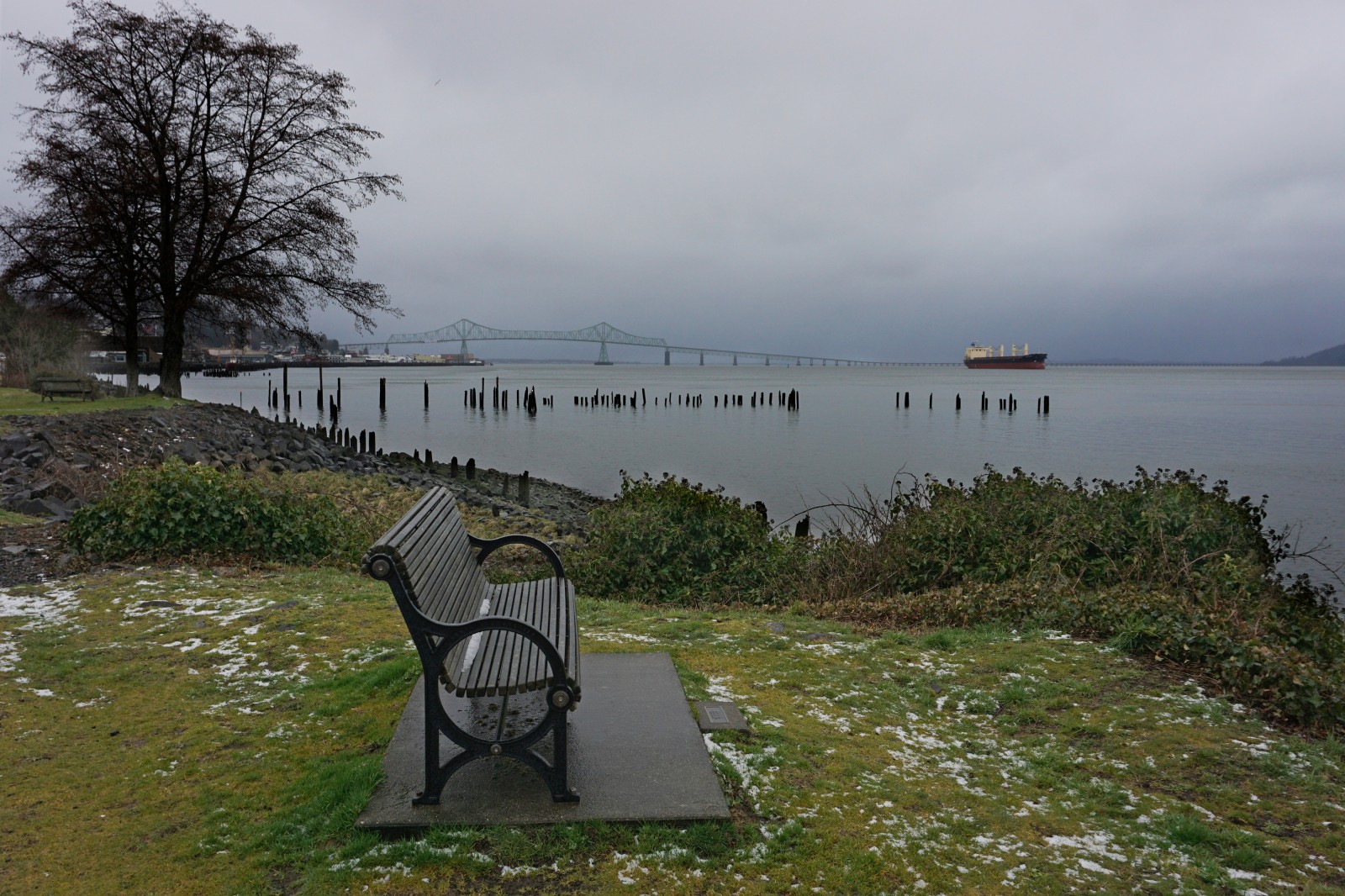
Heavy Rain, Flooding, and Chance of Severe Weather Staring Down the Southern U.S.
January 22, 2024
Posted: November 29, 2022 2:16 pm





A large swath of the West Coast is gearing up for a quick-moving mass of moisture that will bring heavy rain and snow along with gusty winds to the region. The snow machine began to fire up in the Seattle area on Tuesday morning with more precipitation on the way. Here is the latest information about what you can expect out of this weather maker.
The flakes began to fly during the morning commute on Tuesday throughout western Washington. The worst of the conditions are forecast for late Tuesday into Wednesday morning for this part of the Northwest. Western Oregon is predicted to get in on the action during the day Wednesday with the heavy bands of precipitation moving into Northern California by Wednesday night and into Thursday.
Residents of the coastal Northwest should prepare for a mix of rain and snow during this time. While this is still early in the season, the wet snow will travel as far as sea level, giving cities such as Seattle its first accumulation.
The higher elevations of the Cascades will record significant snowfall, particularly on the west-facing slopes. This steady stream of moisture may be enough to close the major passes over this mountain range if road crews cannot keep up with the removal.
For instance, 1 – 2 feet of new snow is in the forecast for the passes in Washington and Oregon, including the heavily traveled Snoqualmie Pass on Interstate 90 cutting through Washington. Warmer temperatures at sea level will prevent mass amounts of accumulation. However, Seattle should be prepared for about 1 – 2 inches of snow before the moisture transitions back to rain.
While Seattle will likely be spared snow that shuts down the city, areas to the north and south may see greater amounts of the white stuff. Areas that are forecast to see several inches of snow include Bellingham, Washington and the hilly terrains to the east of the metro area. As is typical with this corner of the country, a few hundred feet in elevation can mean the difference of a coating of snow and several inches of accumulation.
Those in Portland will likely dodge anything more than a few flurries. This is because warmer air from the Pacific Ocean will make its way into the region just as the moisture machine begins to fire up. The moisture associated with this system could trigger urban flooding or rockslides in and around the Portland area.
Gusty winds will also be a factor with this system. Winds may be strong enough to snap tree limbs and bring down power lines along the coastal areas of the Northwest and into the western slopes of the Cascades.
While Washington and Oregon will get a break from the inclement conditions by Thursday, the system will be just getting started in Northern California. Heavy snow is in the forecast for the Sierra Nevada with rain expected for the northern coastal areas.
The moisture is good news for an area that has been dealing with long-term drought conditions under the designation of moderate to exceptional over the last several months. The precipitation will get its start late Wednesday night, moving into the Sacramento Valley and the nearby mountain ranges.
Motorists heading out over the Siskiyou Summit in southern Oregon should take caution and prepare for delays beginning Thursday morning. California’s Donner Pass will be in the line of fire for heavy snow beginning Thursday afternoon and lasting through the overnight hours. The northern and central Sierra Nevada is in for a general 1 – 3 feet of snow with isolated higher amounts at some of the region’s ski resorts.
It will be just rain for San Francisco and Sacramento on Thursday. The rain is forecast to arrive in Los Angeles and San Diego late Thursday. This rain may migrate as far east as the deserts of Southern California by late Friday. While any type of moisture is beneficial for this part of the Golden State, the rain in the southern portions of California will not be as intense as what the northern tier experiences this week.
Did you find this content useful? Feel free to bookmark or to post to your timeline for reference later.

January 21, 2024

January 19, 2024

January 18, 2024